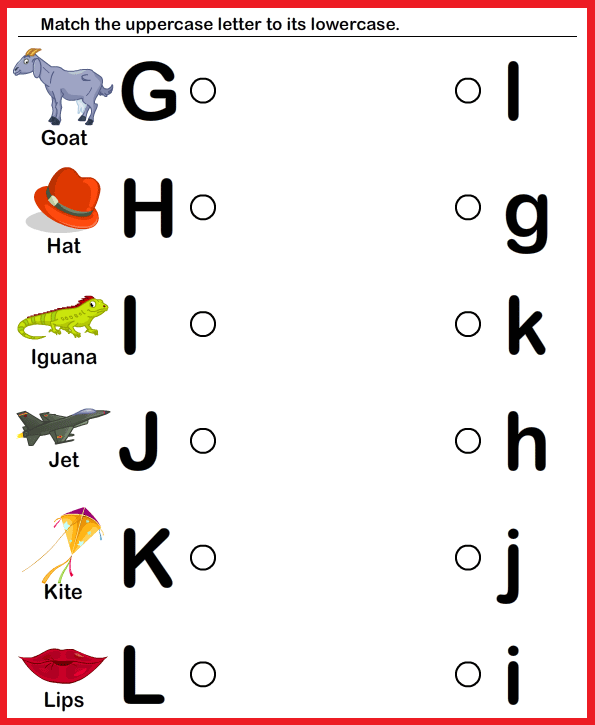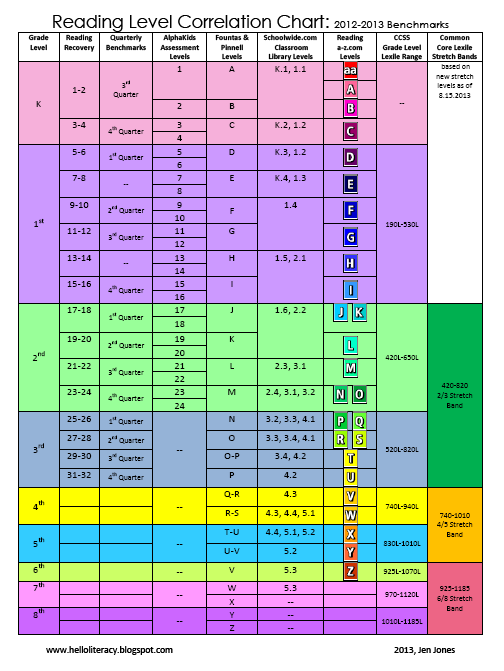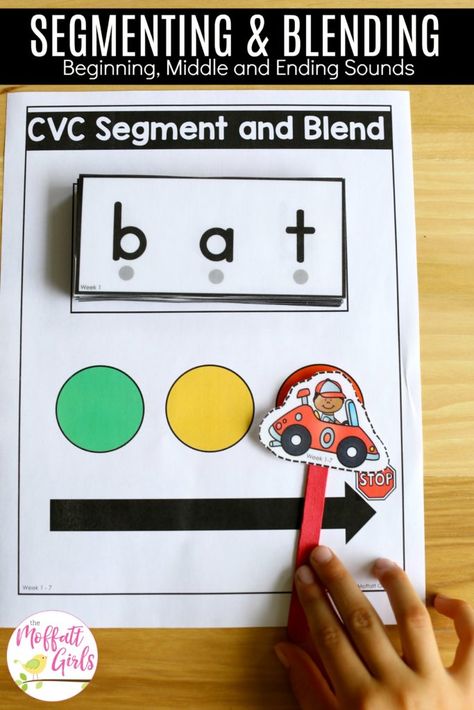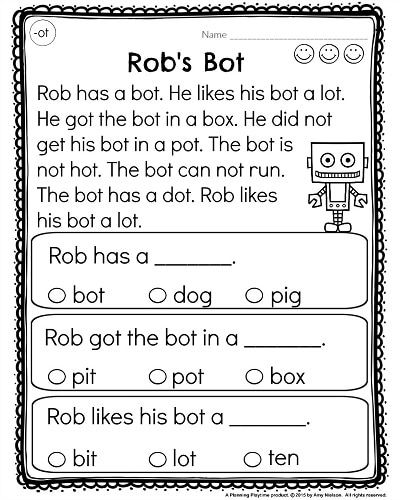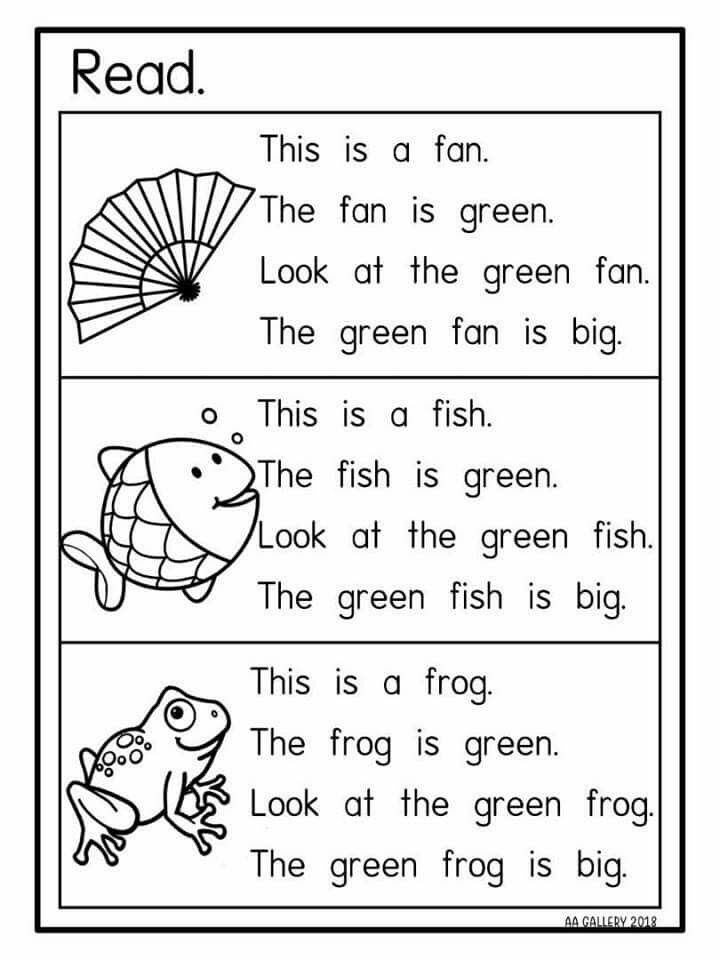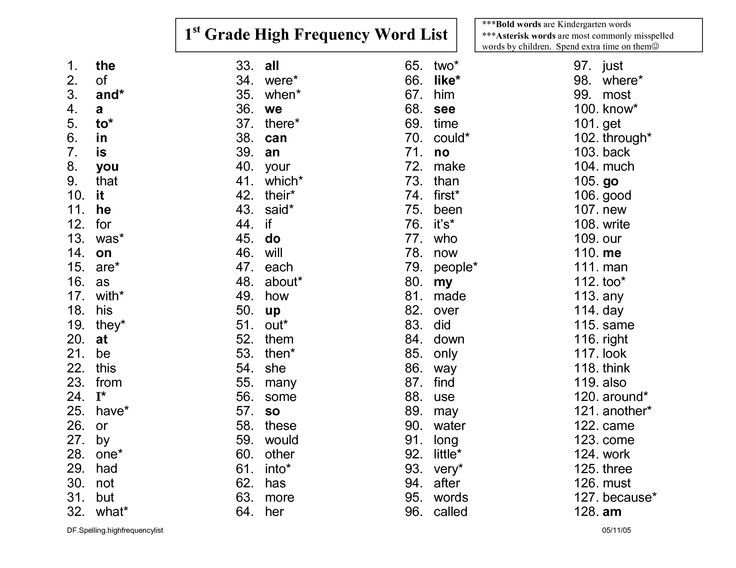Teach sight words
5 Tips for teaching sight words
Sight words are the English words you most frequently encounter when reading. They're called sight words because if you learn to recognize them by sight, instead of having to sound them out, it makes reading easier.
This is why they are so important to teach.
When a student learns to recognize sight words automatically, it can increase his or her reading fluency and comprehension. They are useful for young children to know, but also a good idea for struggling readers.
English as an additional, second, or foreign language learners, especially those who are just getting started with reading and writing, will also benefit from studying sight words.
Sometimes you'll find sight words referred to as high-frequency words. That's because they are the most common English words used in writing. Mastering them frees up attention for processing harder and lower frequency words.
More about sight words
Most children are introduced to sight words in first or second grade when they begin learning how to read. More than 75% of the average children's book is made up of sight words. A child who is a strong reader from an early age may find he or she acquires sight words effortlessly through repeat exposure from extensive reading.
But these words may require some extra effort and time for other students to learn, particularly if they are struggling to keep up with peers when it comes to reading.
How children learn to read
Children develop pre-literacy skills, including individual sound, letter and word recognition, through conversations with caregivers and being read to from an early age.
In order to read a word, a child must first be able to recognize individual letters and sets of letters and then map the correct sounds onto them. This process is called decoding.
Sounding out words, or decoding, uses up a lot of cognitive energy and attention. This is why reading can be quite slow in the beginning, when very few words look familiar to the child.
But after a learner has sounded out a word multiple times, he or she will find it easier to recognize by sight, which is to say he or she will be sight reading.
Which words are sight words?
Sight words are sometimes referred to as Dolch words after the man who assembled them into several lists many parents and educators teach today.
Edward William Dolch published a list of sight words in 1948 while he was working at the University of Illinois. In order to create the list, he looked through children's books for the most common words they contained.
Dolch felt that teaching young children to memorize too many words would be counterproductive. He narrowed the sight words list down to 220, leaving out nouns. This means today’s sight words are comprised mostly of service words such as prepositions, adjectives and verbs.
He eventually released an additional list of 95 nouns. Learn more about the Dolch List.
5 Tips for teaching sight words
There are many ways to teach sight words—here are just a few ideas!
-
Look for them in books.
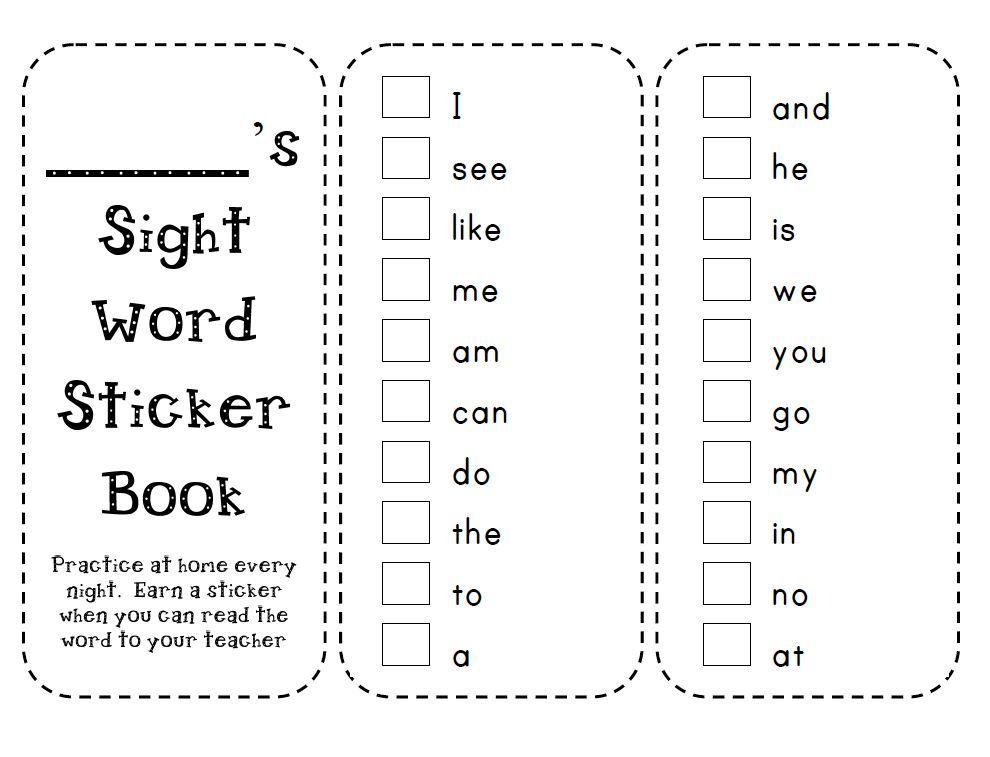 Draw a child’s attention to a word by looking for it in children’s books. You can start with Dr. Seuss books as they contain a lot of them! Repeat exposure, pointing a word out, and talking about it provides a much better introduction than simply giving a child a list of terms to learn.
Draw a child’s attention to a word by looking for it in children’s books. You can start with Dr. Seuss books as they contain a lot of them! Repeat exposure, pointing a word out, and talking about it provides a much better introduction than simply giving a child a list of terms to learn. -
Hang them around the classroom. Keep the sight words “in sight.” Certain words such as and and the will be hard for children to miss but calling attention to print that contains them is key. You can create big posters of a word, talk about the letters it contains and spend time focusing on its meaning.
-
Help children use them. Teaching children to use sight words in their writing, whether it be through illustration, plain old spelling drills, or repetition on a keyboard, can cement learning. A word can be written in isolation or as part of a basic sentence.
-
Re-visit them regularly. Teaching a word over and over again may seem pointless but repeat exposure will eventually do the trick.
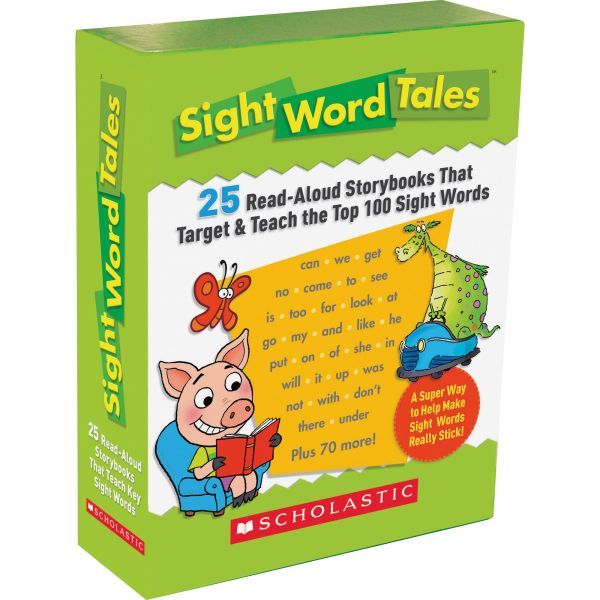 Children need plenty of practice reading and writing sight words before you can consider them learned. Children with specific learning differences, such as dyslexia, may especially benefit from spending extra time learning sight words.
Children need plenty of practice reading and writing sight words before you can consider them learned. Children with specific learning differences, such as dyslexia, may especially benefit from spending extra time learning sight words. -
Introduce an online typing course. There’s no reason why a young child of age 6 or 7 cannot learn to type at the same time as he or she is learning to read and write. The significant factor is that the hands are mature enough to sit comfortably on a keyboard. Typing can greatly help those learners who struggle with dyslexia or dysgraphia as it teaches them to rely on muscle memory in the hands to help with spelling -- and if you use the TTRS course you can also have them learn to type using modules made up only of sight words!
Who else can benefit from sight words?
Sight words are typically taught as part of phonics and spelling lessons and used by teachers to facilitate reading skills.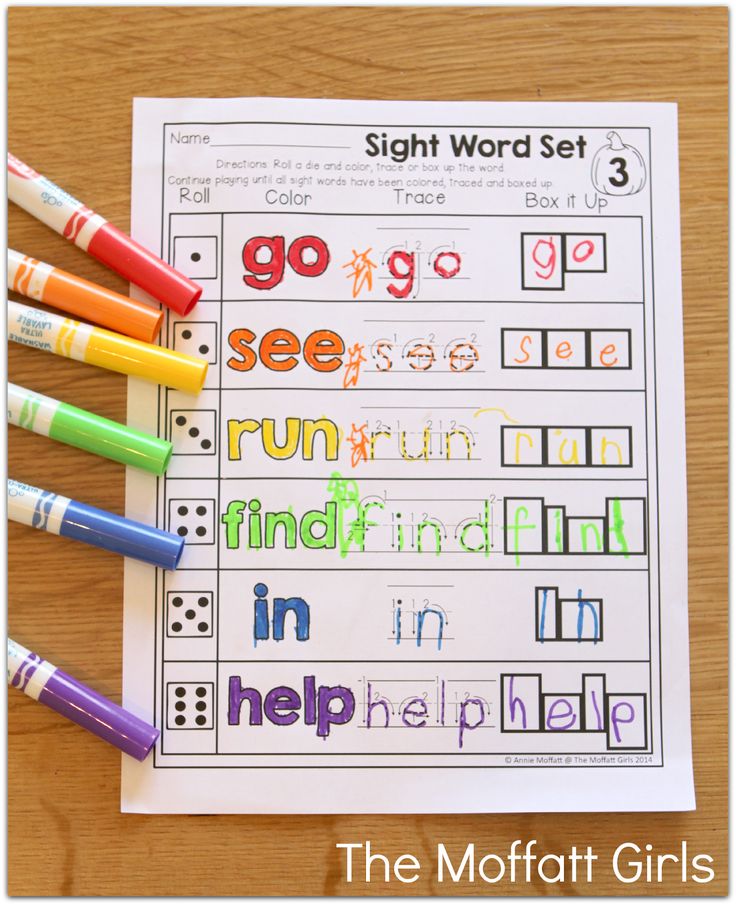
They are important for understanding English and that means the bilingual child and English as an additional language adult learner can greatly benefit from covering them in early vocabulary lists.
Of course, for adult learners, Dr. Seuss may not be the most appropriate method of introduction so it is recommended that anyone teaching adults investigate other options, such as a touch-typing course in which students learn to recognize and type sight words on a computer.
When learning sight words is hard
For children who struggle with learning difficulties such as dyslexia, sight words are not always that easy to learn.
Learning any word is tricky, but as sight words tend to be somewhat generic vocabulary, they are less amenable to the mnemonic devices dyslexic students sometimes use to remember vocabulary.
If a teacher is aware of the learning difficulty, they can ensure the child receives extra help. However, it can be somewhat embarrassing when a student needs to work to keep up with his or her peers.
Introducing a self-study measure that can be completed at a pace set by the learner, after class or at home, may be the solution. For more information on how to use TTRS’s course for teaching sight words to struggling readers, just get in touch with our team!
Learn more
How do you teach sight words to your learners? Leave us a comment and join the discussion!
For teachers
TTRS is a program designed to support educators in teaching students touch-typing, with additional emphasis on reading and spelling.
Sight Words Teaching Strategy | Sight Words: Teach Your Child to Read
A child sees the word on the flash card and says the word while underlining it with her finger.
The child says the word and spells out the letters, then reads the word again.
The child says the word and then spells out the letters while tapping them on her arm.
A child says the word, then writes the letters in the air in front of the flash card.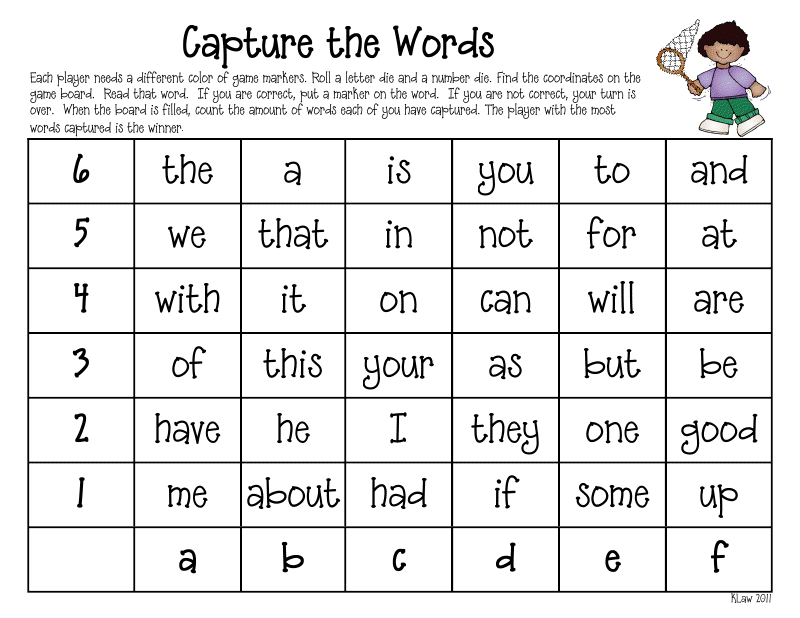
A child writes the letters on a table, first looking at and then not looking at the flash card.
Correct a child’s mistake by clearly stating and reinforcing the right word several times.
- Overview
- Plan a Lesson
- Teaching Techniques
- Correcting Mistakes
- Frequently Asked Questions
- Questions and Answers
Sight words instruction is an excellent supplement to phonics instruction. Phonics is a method for learning to read in general, while sight words instruction increases a child’s familiarity with the high frequency words he will encounter most often.
Use lesson time to introduce up to three new words, and use game time to practice the new words.
A sight words instruction session should be about 30 minutes long, divided into two components:
- Sight Words Lesson — Use our Teaching Techniques to introduce new words and to review words from previous lessons — 10 minutes
- Sight Words Games — Use our games to provide reinforcement of the lesson and some review of already mastered sight words to help your child develop speed and fluency — 20 minutes
Video: Introduction to Teaching Sight Words
↑ Top
2.1 Introduce New Words
When first beginning sight words, work on no more than three unfamiliar words at a time to make it manageable for your child. Introduce one word at a time, using the five teaching techniques. Hold up the flash card for the first word, and go through all five techniques, in order. Then introduce the second word, and go through all five teaching techniques, and so on.
This lesson should establish basic familiarity with the new words. This part of a sight words session should be brisk and last no more than ten minutes. As your child gets more advanced, you might increase the number of words you work on in each lesson.
2.2 Review Old Words
Begin each subsequent lesson by reviewing words from the previous lesson.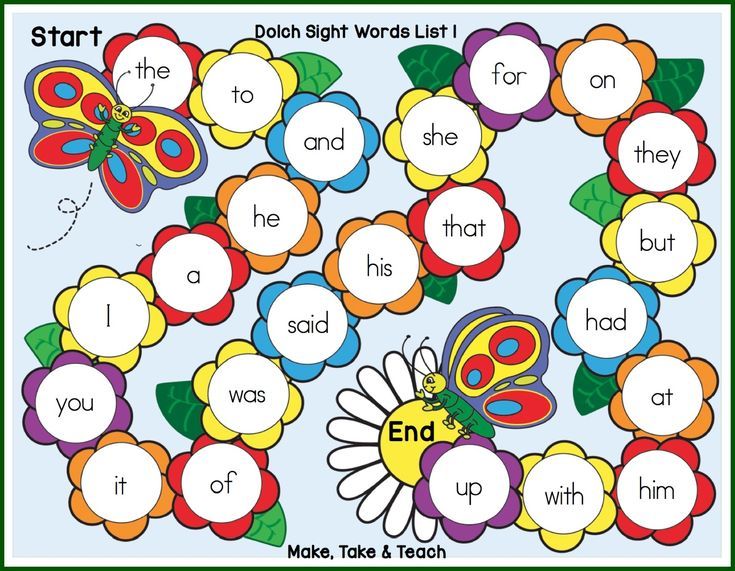 Words often need to be covered a few times for the child to fully internalize them. Remember: solid knowledge of a few words is better than weak knowledge of a lot of words!
Words often need to be covered a few times for the child to fully internalize them. Remember: solid knowledge of a few words is better than weak knowledge of a lot of words!
Go through the See & Say exercise for each of the review words. If your child struggles to recognize a word, cover that word again in the main lesson, going through all five teaching techniques. If he has trouble with more than two of the review words, then set aside the new words you were planning to introduce and devote that day’s lesson to review.
Note: The child should have a good grasp of — but does not need to have completely mastered — a word before it gets replaced in your lesson plan. Use your game time to provide lots of repetition for these words until the child has thoroughly mastered them.
2.3 Reinforce with Games
Learning sight words takes lots of repetition. We have numerous sight words games that will make that repetition fun and entertaining for you and your child.
The games are of course the most entertaining part of the sight words program, but they need to wait until after the first part of the sight words lesson.
Games reinforce what the lesson teaches.
Do not use games to introduce new words.
NOTE: Be sure the child has a pretty good grasp of a sight word before using it in a game, especially if you are working with a group of children. You do not want one child to be regularly embarrassed in front of his classmates when he struggles with words the others have already mastered!
↑ Top
Introduce new sight words using this sequence of five teaching techniques:
- See & Say — A child sees the word on the flash card and says the word while underlining it with her finger.
- Spell Reading — The child says the word and spells out the letters, then reads the word again.
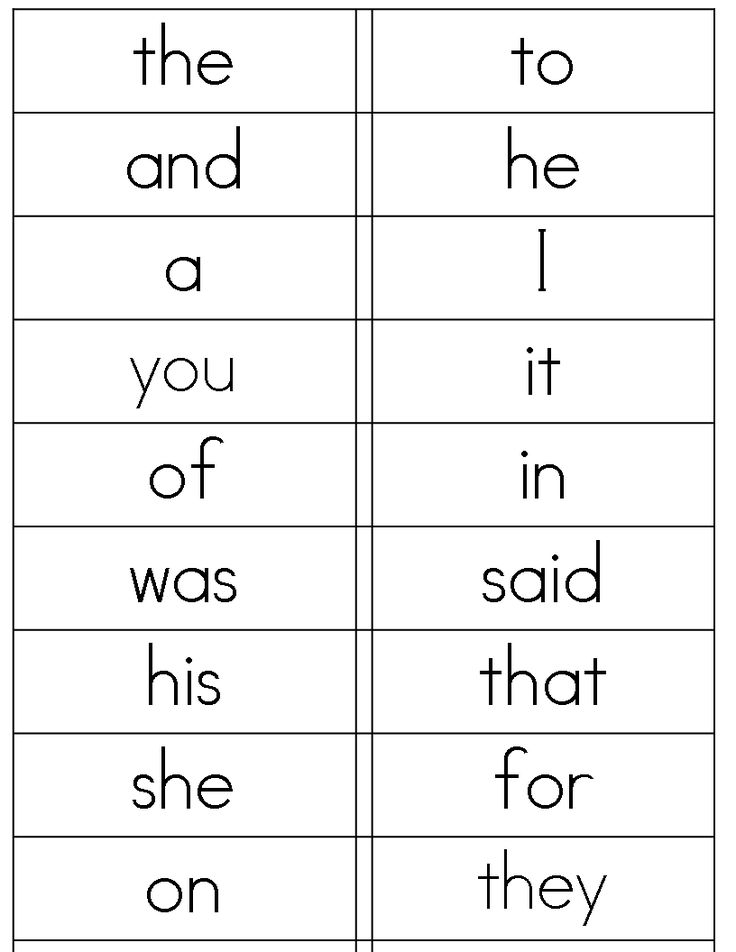
- Arm Tapping — The child says the word and then spells out the letters while tapping them on his arm, then reads the word again.
- Air Writing — A child says the word, then writes the letters in the air in front of the flash card.
- Table Writing — A child writes the letters on a table, first looking at and then not looking at the flash card.
These techniques work together to activate different parts of the brain. The exercises combine many repetitions of the word (seeing, hearing, speaking, spelling, and writing) with physical movements that focus the child’s attention and cement each word into the child’s long-term memory.
The lessons get the child up to a baseline level of competence that is then reinforced by the games, which take them up to the level of mastery. All you need is a flash card for each of the sight words you are covering in the lesson.
↑ Top
Of course, every child will make mistakes in the process of learning sight words. They might get confused between similar-looking words or struggle to remember phonetically irregular words.
They might get confused between similar-looking words or struggle to remember phonetically irregular words.
Use our Corrections Procedure every time your child makes a mistake in a sight words lesson or game. Simple and straightforward, it focuses on reinforcing the correct identification and pronunciation of the word. It can be done quickly without disrupting the flow of the activity.
Do not scold the child for making a mistake or even repeat the incorrect word. Just reinforce the correct word using our script, and then move on.
↑ Top
Q: Progress is slow. We have been on the same five words for a week!
A: It is not unusual to have to repeat the same set of words several times, especially in the first weeks of sight words instruction. The child is learning how to learn the words and is developing pattern recognition approaches that will speed his progress. Give him time to grow confident with his current set of words, and avoid overwhelming the child with new words when he hasn’t yet become familiar with the old words.
Give him time to grow confident with his current set of words, and avoid overwhelming the child with new words when he hasn’t yet become familiar with the old words.
Q: Do I really need to do all five techniques for every word?
A: Start out by using all five techniques with each new word. The techniques use different teaching methods and physical senses to support and reinforce the child’s memorization of the word. After a few weeks of lessons, you will have a sense for how long it takes your child to learn new words and whether all five exercises are necessary. Start by eliminating the last activity, Table Writing, but be sure to review those words at the next lesson to see if the child actually retained them without that last exercise. If the child learns fine without Table Writing, then you can try leaving out the fourth technique, Air Writing. Children who learn quickly may only need to use two or three of the techniques.
Q: How long will it take to get through a whole word list? I want my child to learn ALL the words!!!
A: That depends on a number of factors, including frequency of your lessons as well as your child’s ability to focus.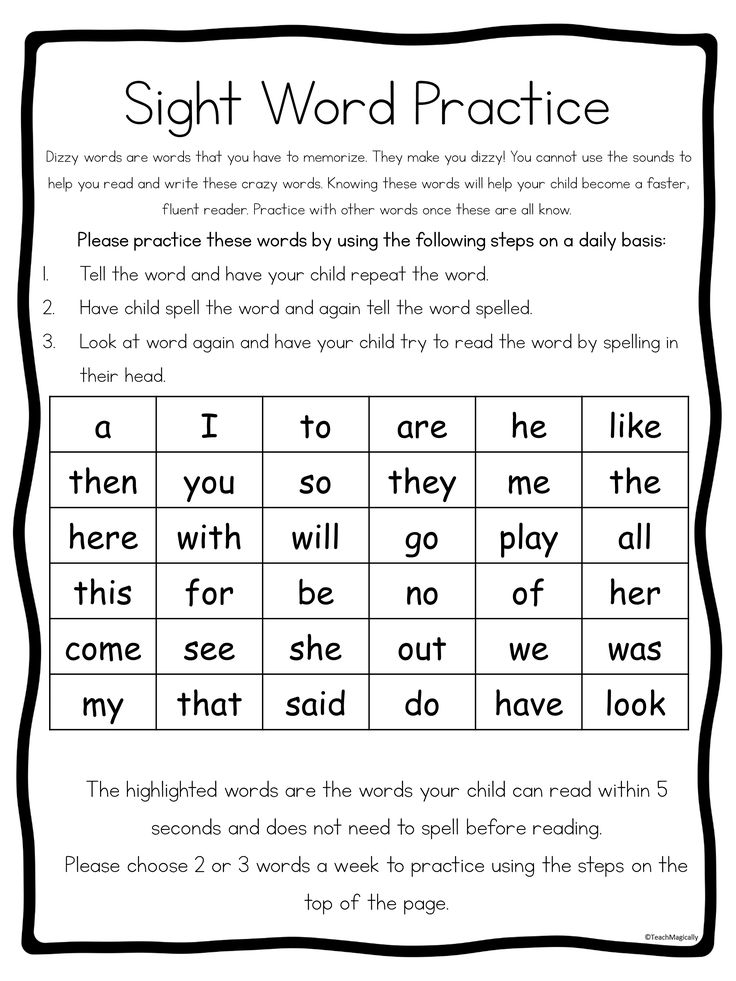 But do not get obsessed with the idea of racing through the word lists to the finish line. It is much, much better for your child to solidly know just 50 words than to “kind of” know 300 words. We are building a foundation here, and we want that foundation to be made of rock, not sand!
But do not get obsessed with the idea of racing through the word lists to the finish line. It is much, much better for your child to solidly know just 50 words than to “kind of” know 300 words. We are building a foundation here, and we want that foundation to be made of rock, not sand!
↑ Top
Leave a Reply
7 effective ways to memorize words in English
When learning a foreign language, it is very important to constantly replenish your vocabulary - to learn new and new words. However, not everyone succeeds in doing this. We offer eleven tips to help you memorize new words in English more effectively.
You can start with a video from Tanya Starikova in which she shares how she manages to learn English words:
Memorize words in context
Language is a tool people use to express themselves.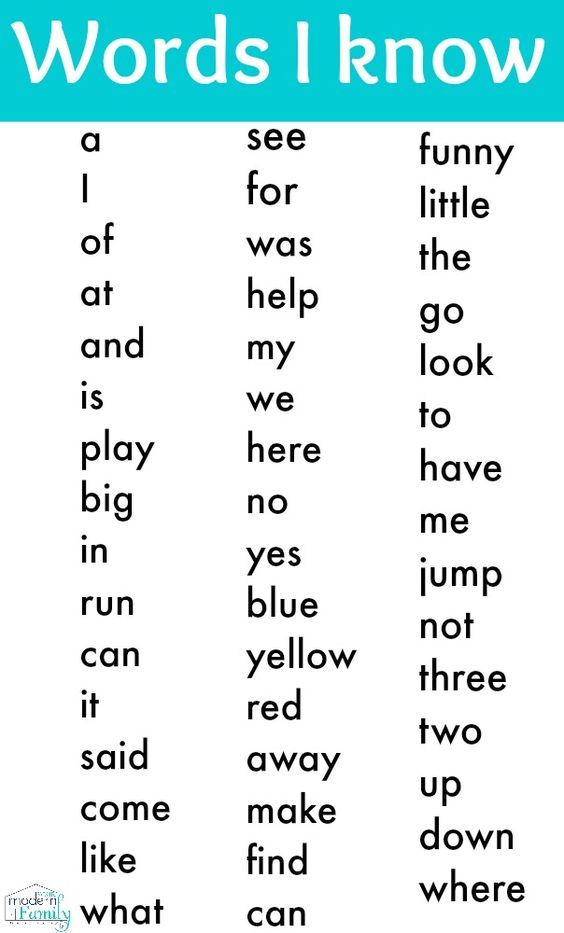 Therefore, each word is valuable not in itself, but in the context.
Therefore, each word is valuable not in itself, but in the context.
Don't learn English words in a vacuum. If you come across an unfamiliar word and decide to remember it, write down the context in which it was used. For example, the English word ajar (ajar) is easier to learn as part of the phrase "the windows were ajar" ("windows were ajar") than separately.
You can find ready-made examples of the use of the English word you are interested in in online services such as Reverso, PlayPhrase or Yandex.Translate. Also, practice making sentences with new words on your own. For example, you need to remember the verb to prefer (prefer). Make up some examples that will reveal the meaning of this verb.
| Would you prefer wine or beer? | Do you prefer wine or beer? |
| I prefer to be called by my first name. | I prefer to be called by my first name. |
| My grandmother prefers detectives to any other TV shows. | My grandmother prefers detectives to any other series. |
Demo lesson for free and without registration!
Take a lesson, learn about the school and get a promotional code for English classes
Use pictures
Draw small pictures to remember the meaning of an English word. It’s not scary if you can’t draw: our brain receives so much monotonous information that a strange picture is a kind of surprise, and we always remember surprises.
If you don't feel like drawing on your own, pick up a ready-made illustration for a new word in Google. It is better if the image is bright, strange or funny - this way it will be remembered more reliably.
You can collect word + image pairs in electronic form, but it is better in the form of paper cards. To test yourself, look at the side with the picture and try to remember what English word it stands for.
Look up synonyms and antonyms
If you already have a basic vocabulary, practice finding synonyms and antonyms for new English words. This will not only help them learn, but also come in handy in communication: if you do forget a word, you can easily find a replacement for it.
For example, you need to learn the word irreverent (irreverent, disrespectful), and you already know the word with the same meaning disrespectful . It remains to pick up antonyms: "respectful" - "respectful" and "polite" - "polite". In conjunction with synonyms and antonyms, a new English word will be easier to remember.
Memorize single-root words
Let's take the English root -respect- , which we have already considered in the previous example. Noun respect means respect. Now let's look in the dictionary for other words formed from the same root:
| respectful | respectful |
| to respect | respect |
| respectable | solid, respectable |
| disrespect | disrespect |
| in respect of | vs. |
Thus, instead of one word, you learned several at once, and their meanings are interconnected, which will help to learn them.
Make up stories
To learn several unrelated words at once, combine them into a story. Memorizing a short story is easier than a bunch of random words because the story has a plot and can be recreated in the imagination.
Let's fantasize and make up a story with five random English words:
| pond | pond |
| coat | coat |
| loaf | loaf |
| to approach | approach |
| fireplace | fireplace |
From these words we got the following story:
| A boy walked to the pond . | A boy came up to the pond. He was wearing a gray coat and hat. The boy was carrying a loaf of bread. He was going to feed the ducks. But when he approached the pond, he did not see a single duck there. “It’s cold today,” the boy thought, “the ducks are probably at home, warming their paws by the fireplace. |
It's not scary if the story comes out strange or even absurd, because the unusual is remembered better.
Make associative networks
Our brain takes what we read and transforms it into images, ideas and feelings, and then forms connections between new information and what we already know. This is how memorization happens - the new unites with the old. When you connect a new English word with something you already know, it's easier for your brain to find it and remember it at the right moment.
Draw a network of concepts. Take what you want to remember (word, idea, sentence) and write it in the center of the paper. Then draw lines from it in all directions, like a web.
At the end of each line, write down any English words or pictures that come to mind when you think of the word in the center. It doesn't matter what the associations are, just write down whatever you come up with.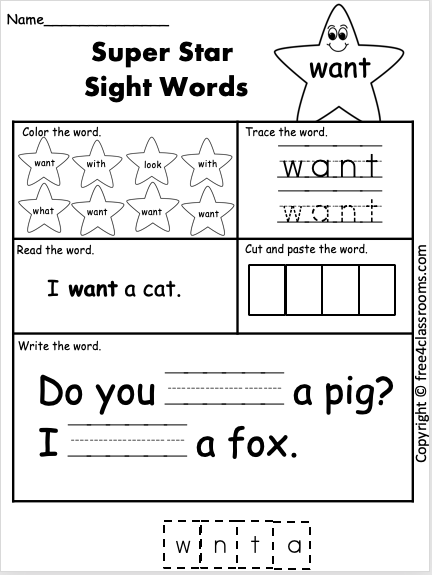
It will only take a couple of minutes, and now all the words or concepts will be interconnected in your brain. If you see or hear one of them, it will be easier for you to remember the others.
Use mnemonic tricks
Sometimes remembering a new English word doesn't work, and none of the above methods helps. Then mnemonics will come to the rescue - a way of remembering through associations.
Let's say you have trouble learning the English word " eagle " ("eagle"). You can use a mnemonic hint with a consonant Russian word: "Eagle's claws are ten needles ".
To memorize word tire (tire), you can mentally associate it with the consonant English word tired (tired): “Dad is tired, he’s been pumping up the tires”
You shouldn't get carried away with this method, but it helps a lot to learn tricky words that you can't remember otherwise.
Parse word by composition
Before looking up the translation of an English word in the dictionary, try to parse it by composition and determine the meaning yourself. For example, you came across the verb to mistreat . You don't know what it means, but you know the verb to treat - "treat, treat." It remains to find out the meaning of the prefix mis- . You may have encountered it in words such as to misbehave (behave badly) or to misunderstand (misunderstand). So the prefix mis- means something bad or wrong. Indeed, the verb to mistreat is translated from English into Russian as "to mistreat".
If you make a list of common prefixes ( un-, dis-, re-, de- etc.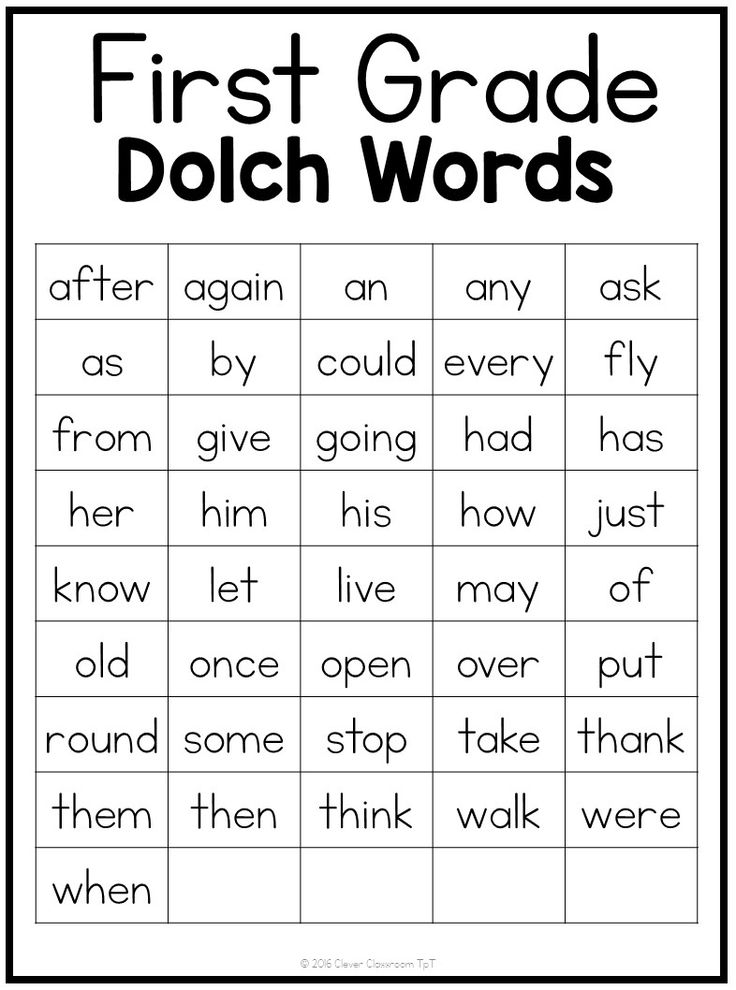 ) and suffixes ( -able, -ly, -ent, -tion, -ive etc. etc.) and remember what they mean, it will be easier for you to guess the meaning of new words for you in English.
) and suffixes ( -able, -ly, -ent, -tion, -ive etc. etc.) and remember what they mean, it will be easier for you to guess the meaning of new words for you in English.
Look for something interesting in a boring one
It happens that some topic is very difficult to come by, because you personally are not interested in it. For example, you are studying the topic “Cars”, but you don’t drive a car yourself, and this area is completely alien to you. And it is not clear why to learn words that you are not going to use in life. To spark interest in a boring topic, connect it to something that is more interesting or useful to you personally.
For example, car images and metaphors are often found in the songs of foreign artists - you can easily find lyrics in English with the words steering wheel ("steering wheel"), highway (highway, highway) or lane (strip).
Or look for English idioms that use the words you want. Here are some automotive-themed ones:
- Stay in your lane. Mind your own business (literally: stay in your lane).
- Down the road. - In the future (literally: further down the road).
- U-Turn. - A sharp change of opinion (literally: a reversal).
- To put the brakes on. - Slow down (literally: slow down).
These idioms will come in handy in conversational speech, even if you never intend to drive. And now boring words will have more figurative associations that will help them learn.
Refresh knowledge periodically
Probably, this happened to you at school: you learned a dozen new English words, did your homework, wrote a dictation… And after a month everyone forgot.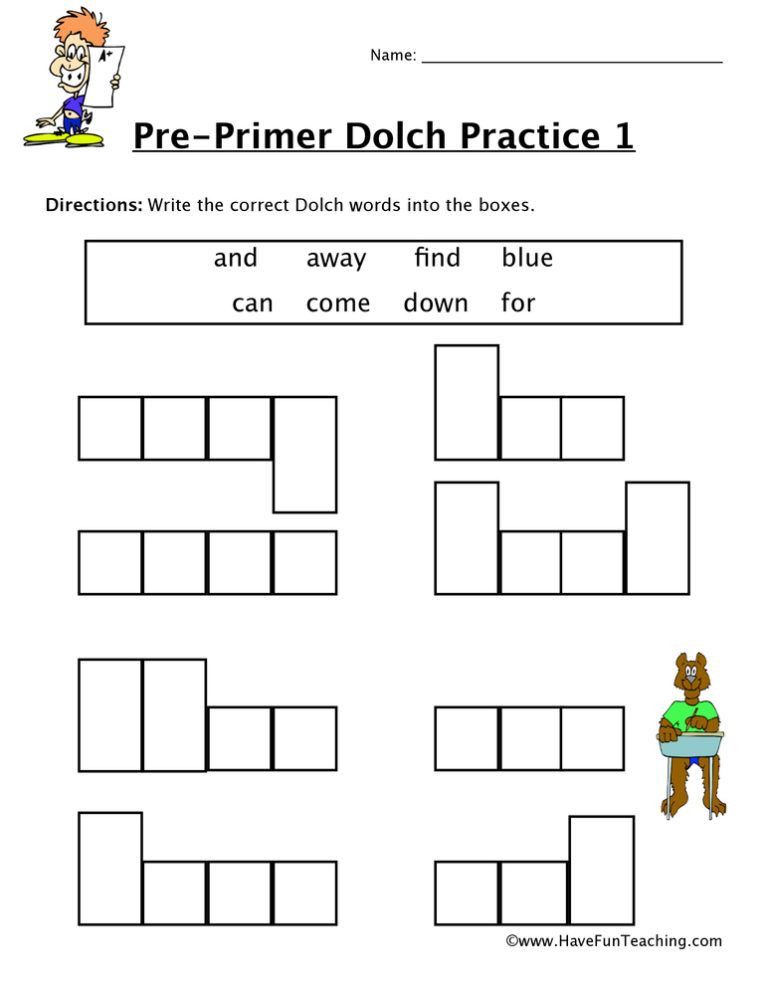 This happens because new vocabulary needs to be periodically repeated and refreshed in memory. There is even a recommended schedule for repeating English words, compiled on the basis of the works of the German psychologist Hermann Ebbinghaus:
This happens because new vocabulary needs to be periodically repeated and refreshed in memory. There is even a recommended schedule for repeating English words, compiled on the basis of the works of the German psychologist Hermann Ebbinghaus:
- Use a new word as soon as you learn it;
- Use the word again after 20-30 minutes;
- Repeat word every other day;
- Return to a new word after 2–3 weeks;
- Repeat the word in 2–3 months;
- Fix the word after 2–3 years.
It is on this method of memorization that the application for learning new English words Aword is based. In order not to think about how many weeks and months have passed since meeting a new word, install the application and it will monitor the repetition schedule for you. By the way, Aword also uses other techniques for memorizing words listed in this article: images with associations and mnemonic phrases.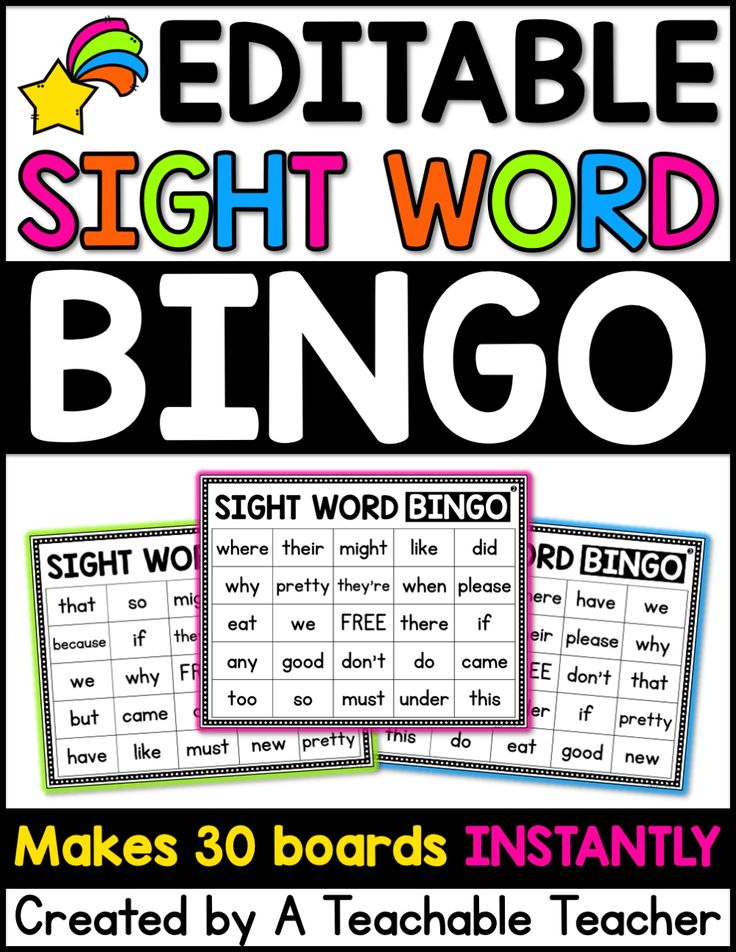
Make sure that the word is useful to you
Knowledge that we do not use is sooner or later forgotten, as happened with poems and theorems that we learned at school. Therefore, do not waste time memorizing rare, little-used words. This is especially important for those who are just starting to learn English. Before you draw flashcards and add a word to the spaced repetition list, make sure you need to know it at all.
There is a list of 3000 words, which is enough to understand most of the texts written in English. Of course, during your studies you will still learn much more, but at first you should check the list so that you don’t spend time memorizing rare English words and forget about the most important ones. For convenience, such words are marked with a special icon in the Aword application.
Read more about the golden list of English words and how to use it in your studies in our magazine.
Let's summarize
We have analyzed 11 ways to effectively memorize new English words - it remains only to put them into practice and choose the ones that suit you.
- Learn not individual words, but phrases and sentences with them.
- Draw association pictures for new words.
- Choose synonyms and antonyms for the word you want to remember.
- Instead of one English word, learn several cognates at once.
- Write short stories with new words.
- Make associative cards with English vocabulary.
- Use mnemonic technique: consonant Russian or English words.
- Parse words by composition and memorize the meanings of popular English prefixes and suffixes.
- Link new words to things that interest you personally, such as useful idioms or English song lyrics.
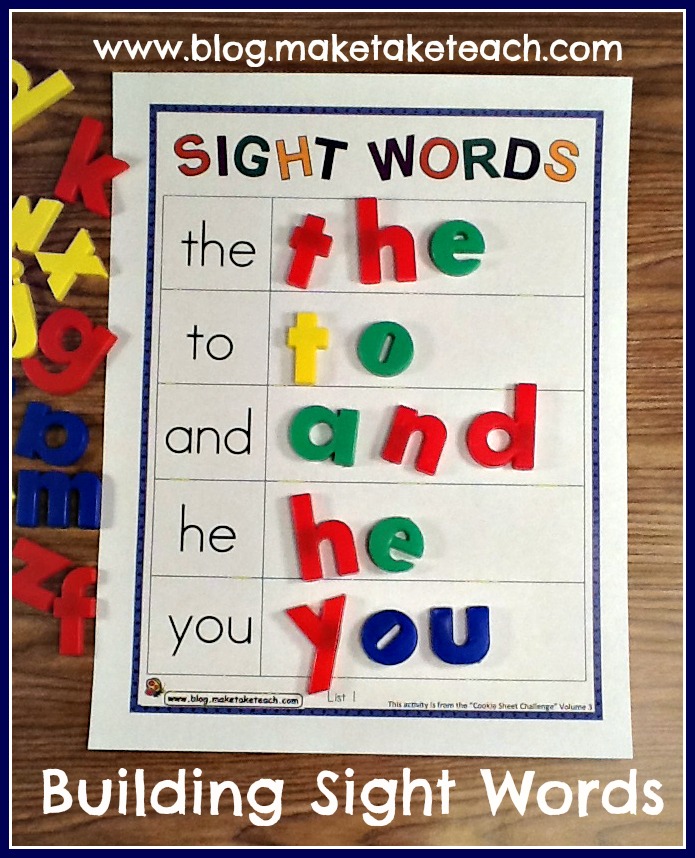
- Periodically repeat the words you have already learned so as not to forget them.
- Do not fill your head with rare words, especially if you are just starting to learn English.
Check if you know the words on the topic
Read on:
An effective technique for memorizing English words
10 tips on how to learn English better
6 useful tips on how to learn English grammar
8 methods to help you learn foreign wordsNovember 22, 2020 Education Column
If new words in a foreign language are difficult to memorize, one of these methods will certainly help you.
Tatyana Istomina
Polyglot, founder of the innovative online language school Polyglott.
Why do we think of “Pull up a foreign language before summer” for every new year? Why do we buy textbooks and sign up for courses? So that later on vacation you can squeeze out only “London is the capital of Great Britain”?
Arriving in Germany at the age of 21, after 5 years I worked as a sworn translator in court, speaking German at the level of a native speaker.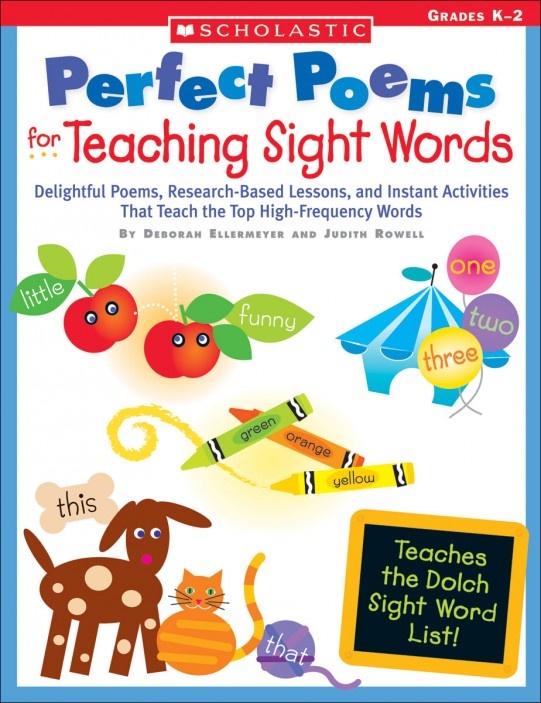 Sometimes I needed to translate for those who have lived in this country for more than 20 years. They spoke German, but at the preschool level. How so?
Sometimes I needed to translate for those who have lived in this country for more than 20 years. They spoke German, but at the preschool level. How so?
Why was it so easy for me to learn new words, while for some people neither time nor cramming was helpful? I want to share with you simple but effective methods that helped me become a polyglot.
1. Visual dictionaries
What it is
Visual dictionaries contain images and the words are organized by topic: for example, family, sports, animals. An arrow leads from each picture to words in Russian and foreign languages. Usually, the minimum grammatical information, such as the gender of the word, is indicated in small print above the words.
Such dictionaries for different languages are very common. I even have a five-language visual dictionary from PONS.
Advantages
The grammatical information indicated in such dictionaries is quite enough to work with this word further. You can write down words in a dictionary notebook and repeat in your free time.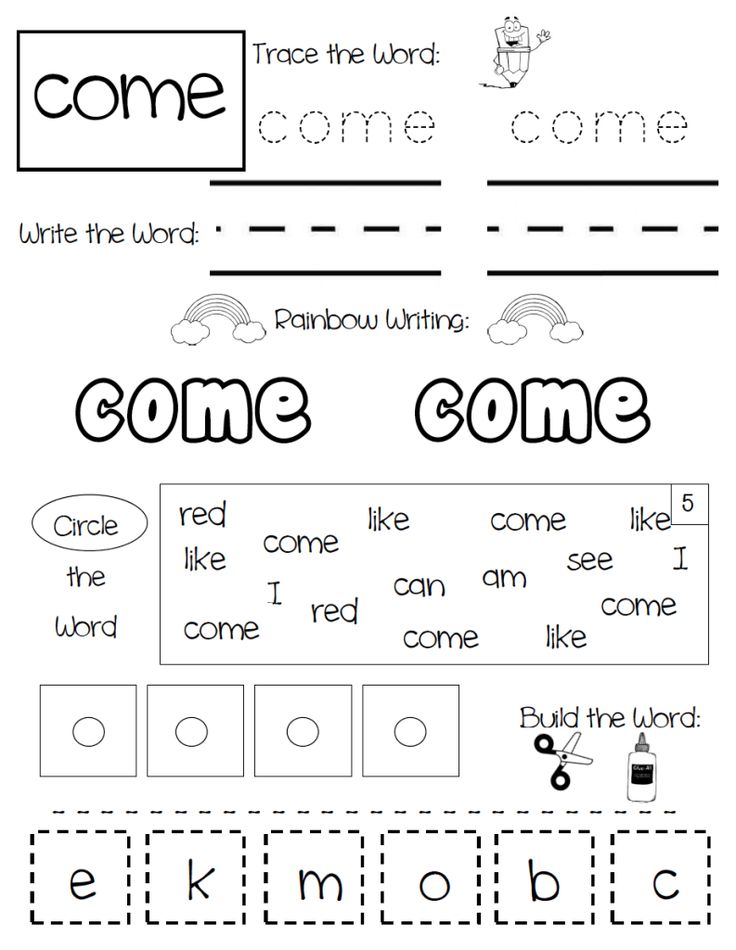
Disadvantages
- Topics in such dictionaries are standard, and not all words will be necessary or interesting to you. To create new topics and add words, you need a lot of time to search for pictures on the Internet and words with translation. Of course, if you are an artist, then you are more fortunate: you can create your own unique visual dictionary.
- There is no information on the pronunciation of the word. You must first learn the rules of reading and pronunciation.
Who suits
This type of dictionaries suits visuals very well. Such people remember words along with images, through pictures.
In addition, parents will appreciate these dictionaries - you can learn the language together with your children.
How to use
- First look at the pictures and describe them in another language using new words. For example: "I see a house."
- If you are learning a language with the whole family, make up short stories in a foreign language and tell them.
 For example: "In the house on the second floor, a cat sits under the bed."
For example: "In the house on the second floor, a cat sits under the bed." - Play with words. Add fun questions like, “What does your dream house look like?”, “Who do you think you were in a past life?”. So you will spend the evening not only interesting, but also useful. Words will be remembered quickly and for a long time.
Life hack
Keep a smartphone with an electronic dictionary, such as Leo.org, handy. So you can listen to how a word sounds from native speakers and immediately save it to your personal virtual dictionary. But more on that later.
2. Word boards
What it is
Word boards have two columns. Foreign words are written in the left column, and their translation into Russian is written in the right column. Lexical minimum spreadsheets can be found on the Internet if you look for materials to prepare for language exams. Also, such lists are usually found in books, such as "The 2,000 Most Important Words in Spanish".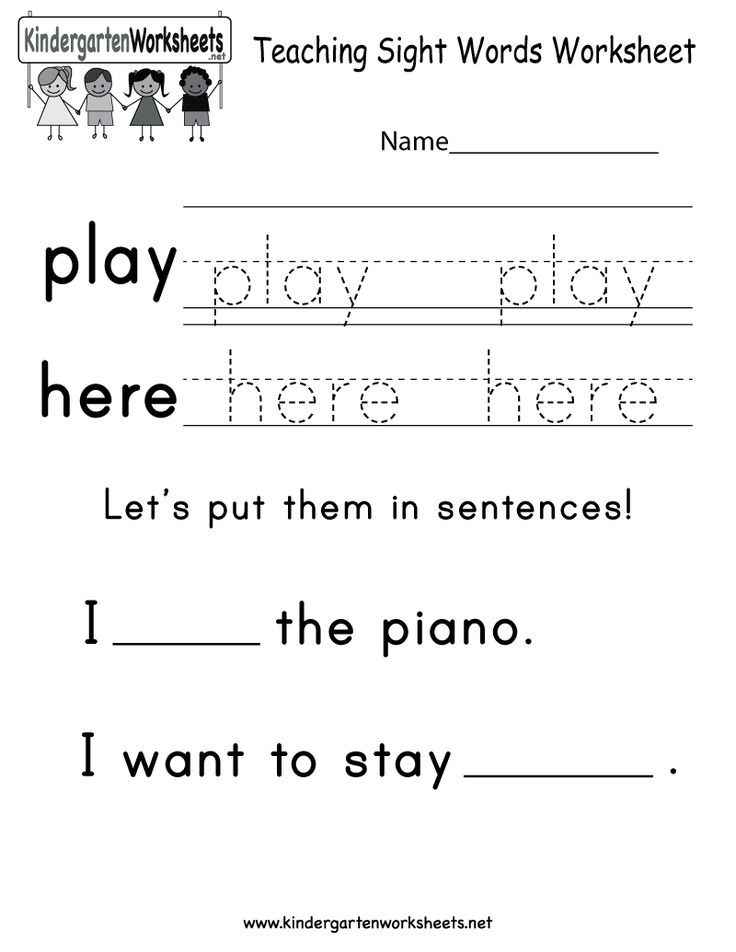 Of course, you can create the plates yourself, in a notebook by hand or in electronic format, such as Excel or Google Sheets.
Of course, you can create the plates yourself, in a notebook by hand or in electronic format, such as Excel or Google Sheets.
Advantages
Tablets are the most convenient format for storing words. All words can be sorted and taught either alphabetically or by topic. In addition, you can make additional columns for information on grammar and pronunciation.
Disadvantages
A fly in the ointment in a barrel of honey - learning from tablets can be boring, since the memorization process is mechanical, without an element of creativity. I was usually blown away by the fourth word.
Suitable for
The busiest and all those who are friends with tables.
How to use
Learn words in three steps, like in sports. One approach, one day. After each approach, we mark with a pencil or a colored pen whether the word was remembered or not.
- Read the foreign word for the first time, look at its translation without closing the columns.
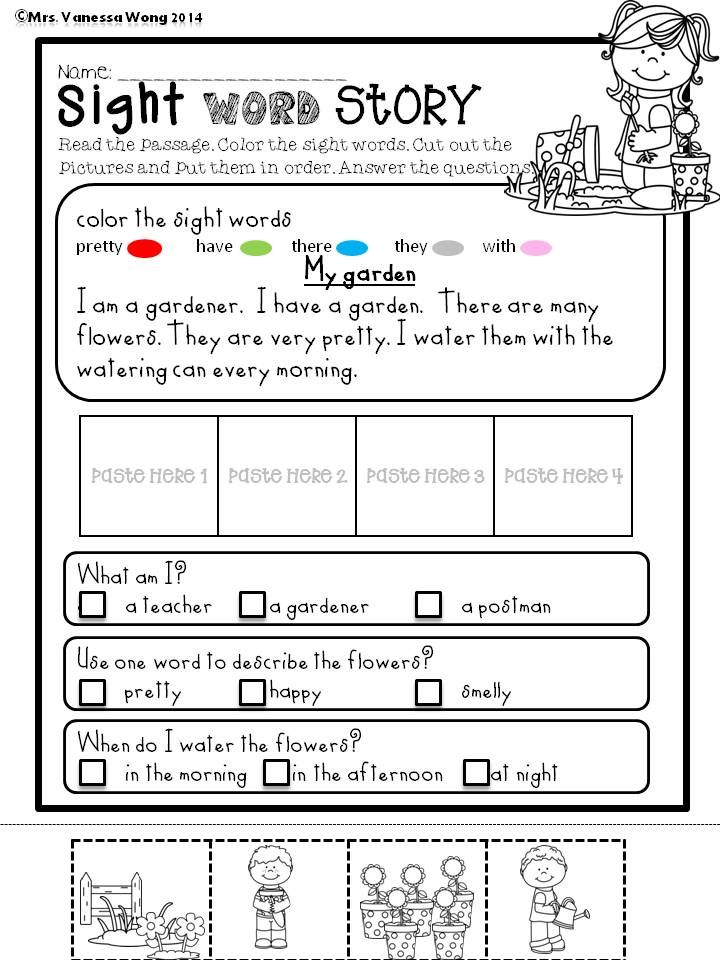
- Read the foreign word a second time, already closing the column with the Russian language, to remember the meaning of the word.
- Look at the Russian word, closing the entire column with foreign words and naming the translation into the foreign language.
Life hack
In order not to get bored, I choose 10 words for each day from different pages, highlight them in a book or table with a bright color, so as not to confuse them later. And I make a story out of them, one that reflects my day. Usually I not only write it down in a notebook, but also tell it to someone. Stories like these:
A zebra comes to his psychoanalyst.
- Doctor, I'm talking in my sleep.
- Do you have striped dreams? It is being treated.
No, doctor. I talk in my sleep. And the whole office is already laughing at me.
Very fun, try it yourself.
3. Paper cards
What it is
This method broke into my life in Germany when I found out how students study at the university. For all subjects, they usually make mini- or maxi-cards, as we do cheat sheets and notes. They can be bought both ready-made, with written words, and empty.
For all subjects, they usually make mini- or maxi-cards, as we do cheat sheets and notes. They can be bought both ready-made, with written words, and empty.
Of course, you can do it yourself - cut a sheet of paper into several (2-10) even rectangular cards. The size depends on how many words you want to write on one card. My cards are 7.5 by 5 centimeters. On one side we write a foreign word, and on the back - its Russian translation.
Advantages
Cards are inexpensive. Even if all the words on them are learned, making additional ones with your own hands is very quick and easy.
Disadvantages
As in the previous method, memorization occurs mechanically, it becomes boring to learn, it is difficult to memorize more than 10 words effectively.
Who suits
For those who don't remember anything at all, as well as visuals.
How to use
It is usually best to do three sets.
- Look at the word, looking at its meaning in Russian.
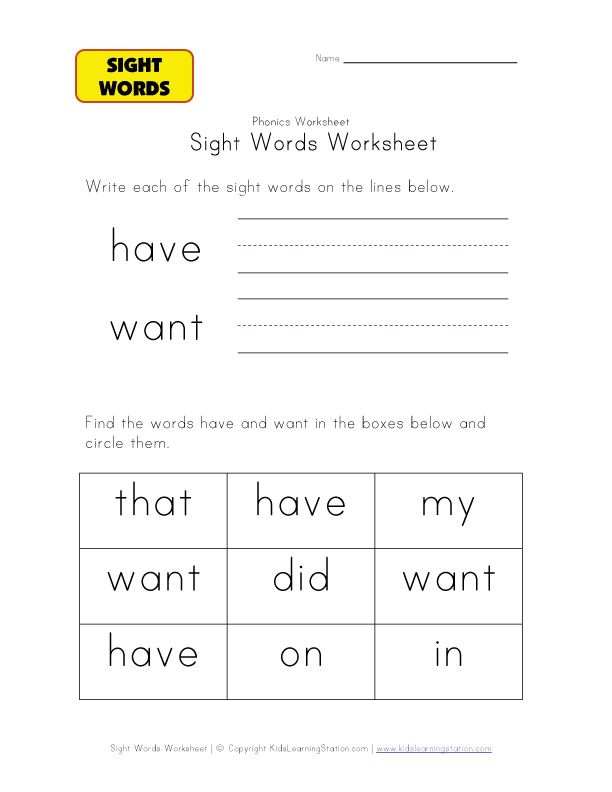 Be sure to say the foreign word out loud.
Be sure to say the foreign word out loud. - Repeat without peeping his Russian translation.
- Look at the back of the card, at the Russian word, name the foreign word, but without looking.
- Put all the words that you remember after three approaches into a separate envelope to repeat at the end of the week along with the rest of the words.
- Those words that were named with errors or forgotten, collect in another envelope. Repeat them the next day and during the week more actively until you remember.
Lifehack
Color the cards by separating the colors by topic, such as travel, work, study, and so on. If you bought ready-made cards, sort them by topic yourself: manufacturers usually take this option into account and mark the topic at the top of the card. Now it takes me only one hour to repeat all the necessary words for traveling to a new country, and before that it took a whole day.
4. Electronic cards
What is it
You can't even imagine my joy when I switched from dusty paper dictionaries to electronic ones. You read an article in German - Ctrl + C, Ctrl + V, and that's it, you learned the translation. Along with electronic dictionaries, the ability to create your own electronic cards has also appeared.
You read an article in German - Ctrl + C, Ctrl + V, and that's it, you learned the translation. Along with electronic dictionaries, the ability to create your own electronic cards has also appeared.
We enter a foreign word into our dictionary, add a translation to it and learn. ABBYY Lingvo Live, PONS and other leading players in the language content market have been offering this service for several years. On the sites of their online dictionaries, you can create your own card index and learn words in any quantity and at any time.
Advantages
It is very convenient to learn words even on the phone, for example, in the subway or traffic jam, just 5 minutes a day. The words appear on the screen in random order, making them easier to remember.
Disadvantages
Difficult to track learning progress and understand which topics have already been learned and which have not. So far, such dictionaries lack many useful features, such as sorting by date or alphabetically.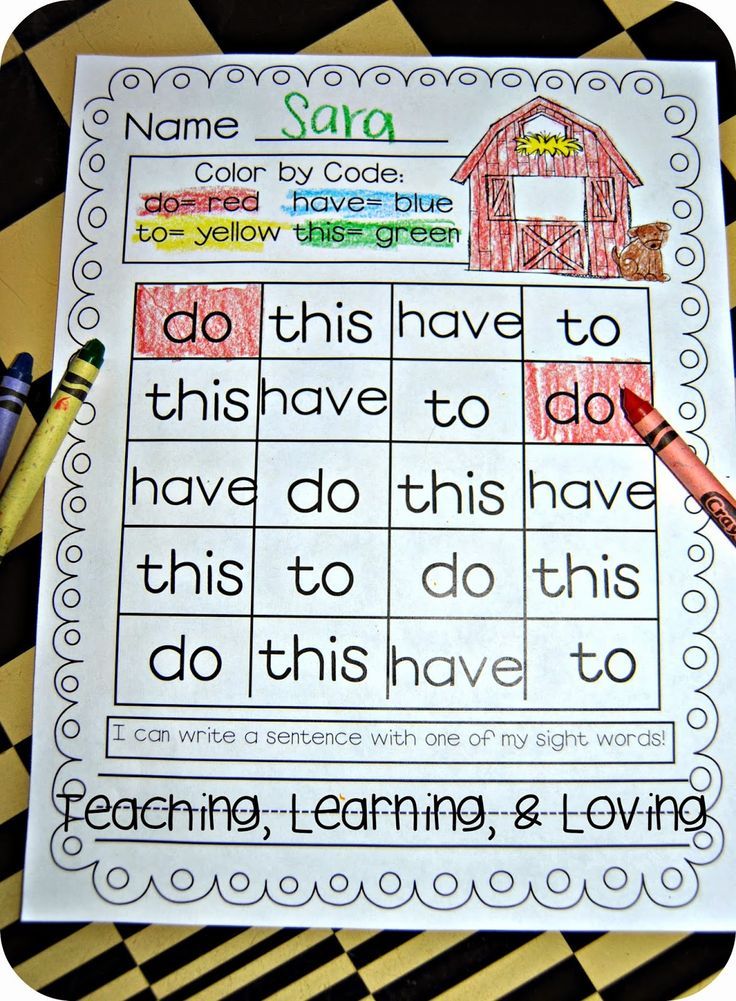
Suitable for
For those who live non-stop, stay away from home or office for a long time, or simply do not want to carry envelopes with cards or heavy dictionaries with them.
How to use
- Index the most difficult words or words of the same subject that you find when reading a book, articles at work, news in an online card index.
- Add the translation from the online dictionary to the word.
- Open an online filing cabinet when you have 5 minutes of free time.
- Repeat the words aloud. For each word there is an audio recording with the correct pronunciation, so you can learn not only visually, but also by ear.
- Once you've memorized a word, mark it as learned so it doesn't reappear when you repeat it.
Life hack
Use the "Create Group" function and add only cards of the topic that is really important to you to the new group. I also copy words from my spreadsheets to an online file cabinet when it’s already boring to learn them in a spreadsheet.
5. Audio cards
What it is
Audio cards are the sound equivalent of regular paper cards. First, a foreign word sounds, and after a short pause - its translation. Typically, audio cards are recorded by topic: for example, 30 words on the topic of travel.
Benefits
Flashcards save time - you can combine learning words with your favorite activities or household chores.
Disadvantages
Audio cards are still rarely compiled and sold. Usually they are recorded by those students who are easier to memorize by ear.
Suitable for
- For those who better perceive information by ear.
- For those who love radio, music and “remember with their ears”.
- For those who live non-stop.
- Those who often do several things at the same time, listen to music while driving or while jogging.
How to use
It is better to learn words in several approaches.
- First, just listen to the words with translation and repeat them aloud after the speaker.

- Then try to translate the words in pauses before you hear the translation.
- Listen and repeat flashcards until you get bored or remember all the words.
Life hack
Creating audio cards yourself is quite simple.
- The fastest way is to say words on a voice recorder or phone, always making small pauses after each foreign word for future training. After a pause, say the translation into Russian.
- Use professional recording software. I use Audacity, it's completely free. Get a good microphone, play upbeat music in the background, and write down all the words with little pauses.
Write down 10 words on each audio card to keep your brain from overheating.
6. Mind map
What is it
This is one of the most modern and interesting ways to learn words. On a piece of paper or in a program like MindMeister, write a keyword, such as sports. Arrows come from it - the words with which it is associated, and their translation into a foreign language. If the topic is sports, you can write sports and under each of them - suitable verbs of movement, objects and characteristics associated with this sport.
If the topic is sports, you can write sports and under each of them - suitable verbs of movement, objects and characteristics associated with this sport.
Advantages
Drawing up a map is a creative process, many words are remembered already during its creation, and for a long time. You can quickly and easily repeat words on a mind map.
Disadvantages
The process of creating one card is quite long and laborious. Smart maps are rarely sold, usually they are made by yourself.
Who suits
Those who analyze their lives and try to make it as effective as possible, as well as visuals.
How to use
- Select important topics to remember. If you are planning a trip, then these are all the words that are associated with it and may be useful to you: transport, beach holidays, restaurants, and so on.
- Create a mind map with pictures, links to interesting articles, books.
- Repeat words at least once a day, noting those that are not memorized.
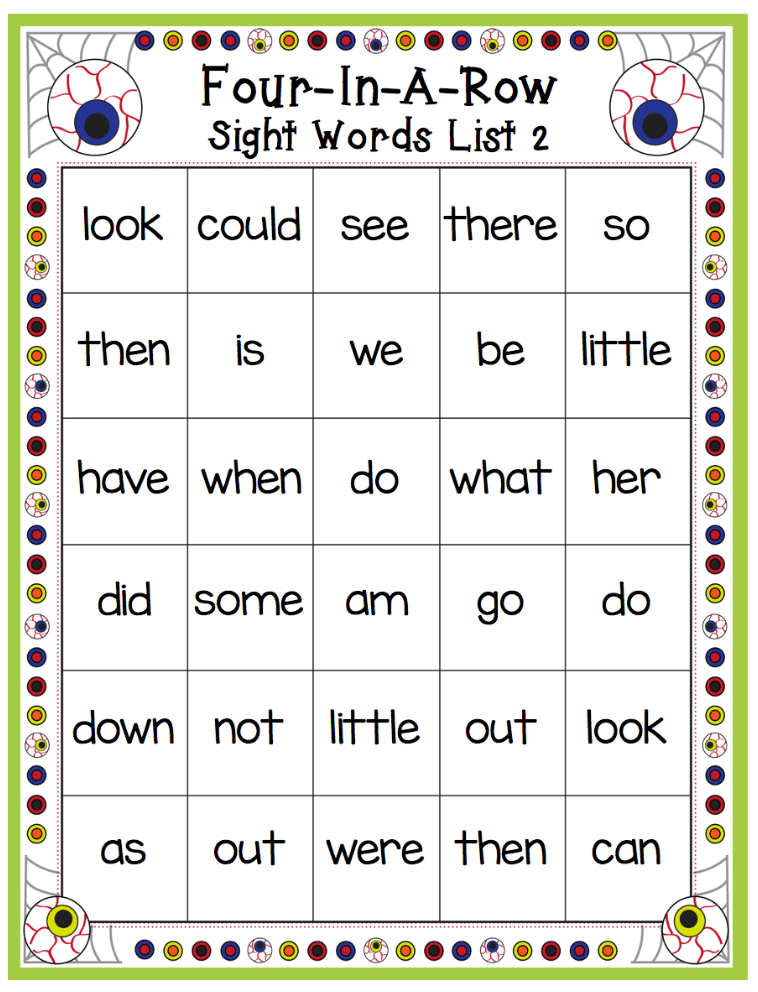
Life hack
The unwritten rule is that the more necessary the words, the faster you will memorize them. Are you interested in cooking, knitting or sports? Make a mind map for your hobby. You will not even have time to understand when you have memorized all these words. I create a separate map for each trip. It quickly acquires links to interesting events, holidays, sights. Learning new words turns into an exciting adventure!
7. Stickers
What it is
Bright sticky notes can also be used for teaching. On the stickers you need to write the names of objects in a foreign language, with or without translation. After that, stickers are attached to the objects that they represent. For example, the German word Kühlschrank, "refrigerator", we stick on the refrigerator.
Virtues
Words are remembered very quickly, even without their conscious repetition, because they constantly flash before the eyes.
Disadvantages
Not all family members will appreciate your attempts to decorate the house with stickers.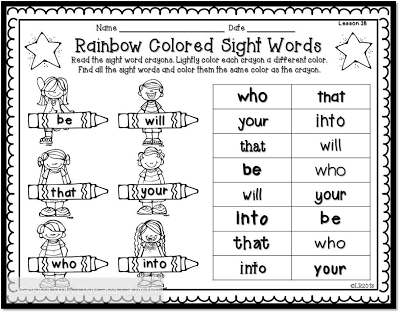 In addition, abstract concepts ("happiness", "justice" and so on) are difficult to learn in this way.
In addition, abstract concepts ("happiness", "justice" and so on) are difficult to learn in this way.
Suitable for
- For those who want to start learning a foreign language immediately after reading this article.
- Those who want to quickly master the basic vocabulary of a new language.
How to use
Option 1 Traditional: every time you see a sticker on an object, say the foreign word aloud. Learned the word - remove the sticker.
Option 2 'everything at once': stick a list of 10 words where you visit very often. For example, at the computer, on the refrigerator or even in the toilet. Learned the word - cross it out. Learned all the words - replace the sticker with a new one, with different words.
Life hack
For all difficult words I create electronic stickers in Sticky Notes. You can copy those words with translation that are not remembered in any way in tables or by other methods.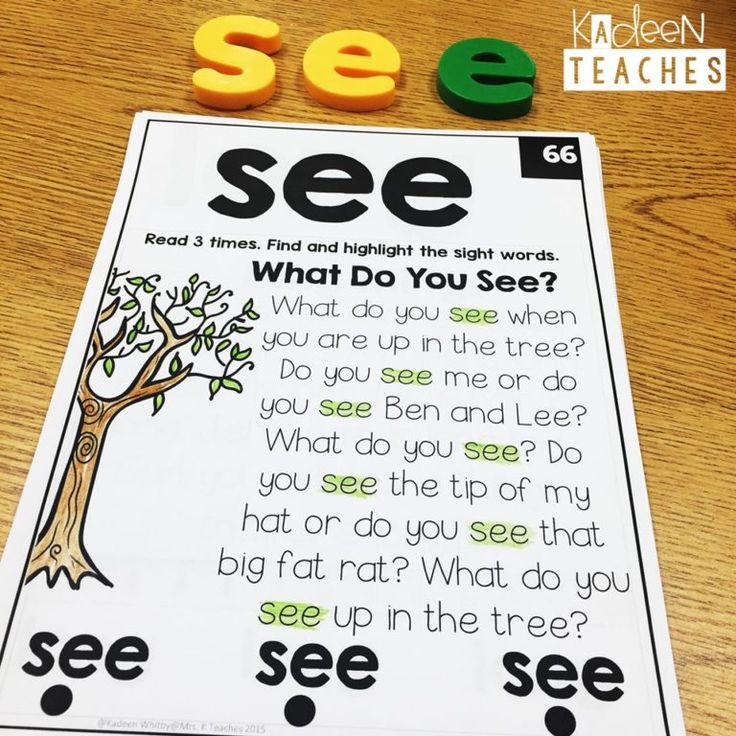 Place them on your home screen. Learned - erased. Learn and repeat when you pause at work.
Place them on your home screen. Learned - erased. Learn and repeat when you pause at work.
Download
Price: 0
8. The author's method "Message to the Future"
What is it
This method was born in extreme conditions. After a serious illness, I was looking for ways to get out of depression. And I didn't find it. Then I created it myself. I wrote down in a paper calendar for the whole year ahead, for every day of every month, the kindest and most positive words in a foreign language, quotes from my favorite books, affirmations. That is, the words that the "future me" would really like to hear or read.
Virtues
Words are remembered very quickly because they are associated with your emotions and written by you for you. In addition, a positive charge for the whole day is provided to you!
Drawbacks
Making a calendar takes a lot of time, like any creative process. It is better to prepare in advance: collect phrases and words on topics that you want to learn.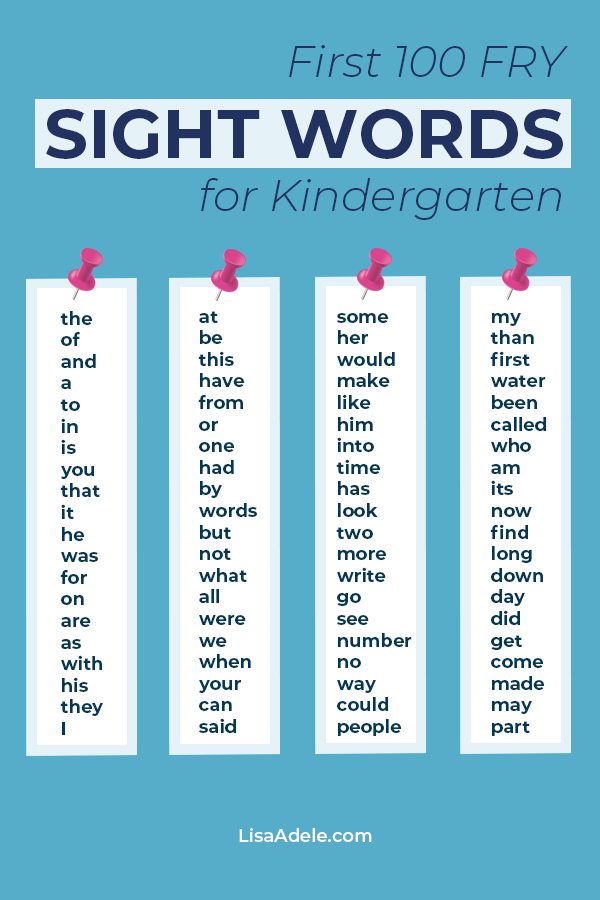
Who suits
- Those who have lost faith in themselves and their strength, even if not for long.
- For those who just want to feel that they are able to learn a foreign language.
- Those who want to try all methods at once after reading the article.
How to use
Every day, open a new page of the calendar and read aloud the words or phrases that you have prepared for yourself in advance. Repeat them all day until you remember.
Life hack
I have simplified my task and use the Google Calendar app instead of a paper calendar. Copying phrases, sentences and words is faster this way. In addition, storing and reviewing them in this way is also much easier.
Even if you don't have time and want to take a break between things, even if you think you don't have the ability, you can choose the one that suits you best from these simple but effective methods. You can combine these methods and customize them for yourself.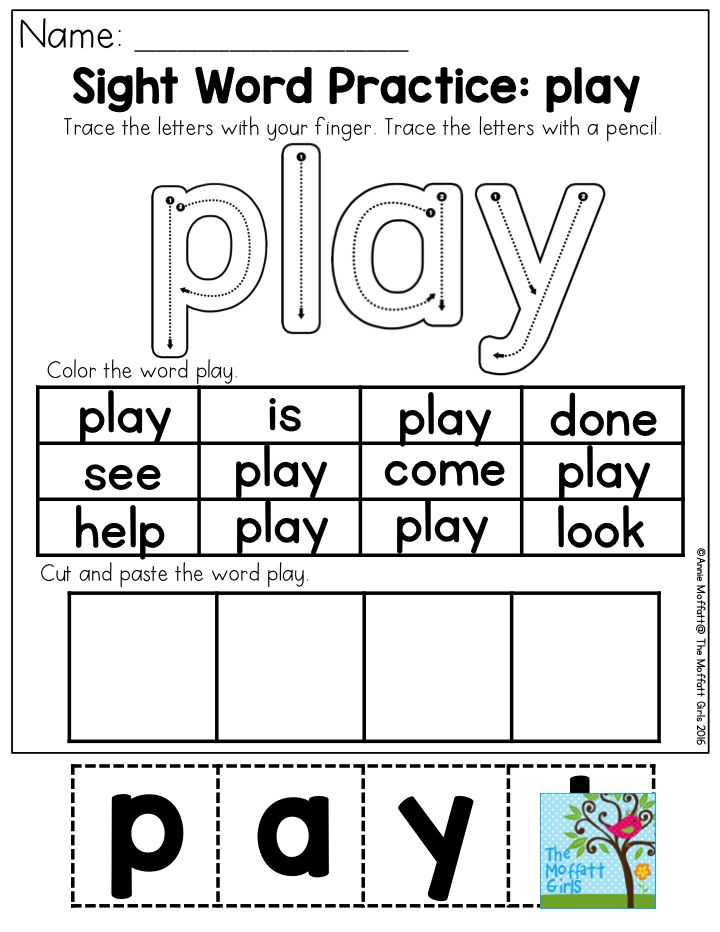

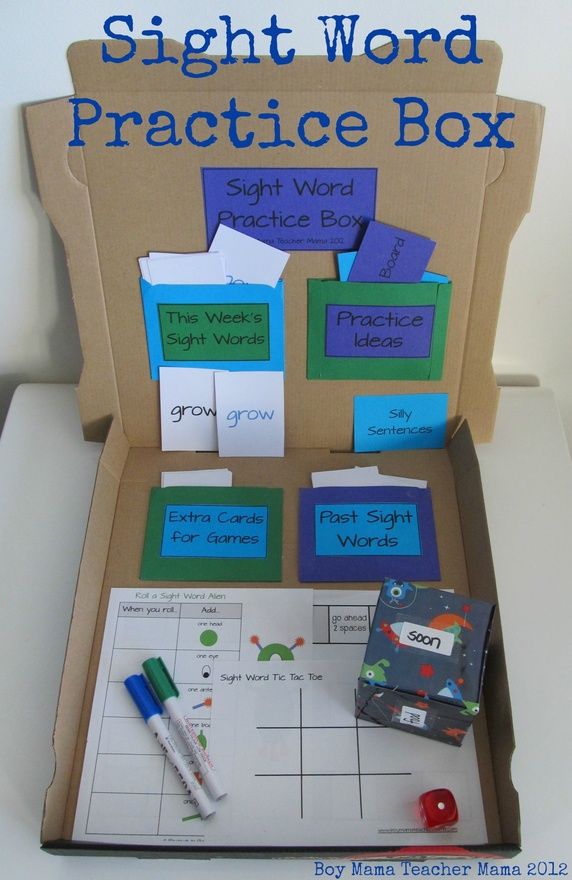

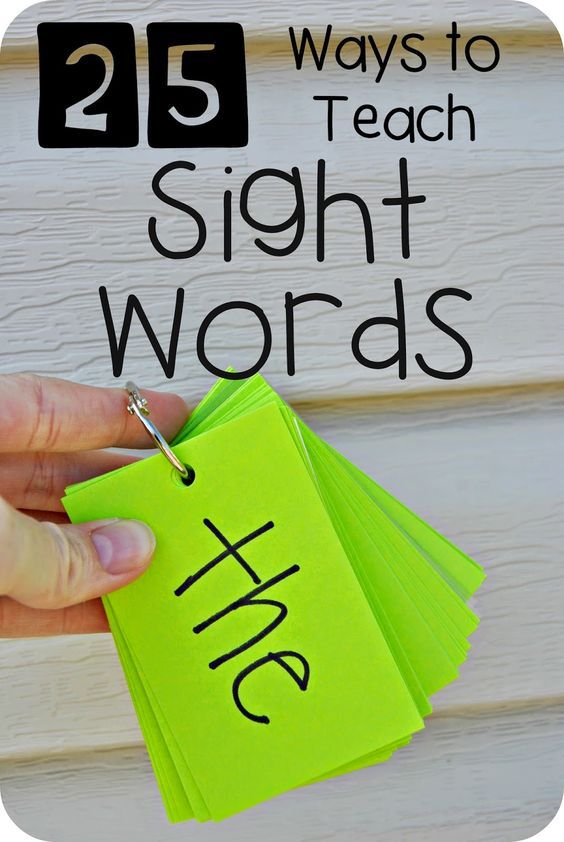 He was dressed in a gray coat and a hat. The boy was carrying a loaf of bread. He was going to feed the ducks. But as he approached the pond , he saw no ducks there. "It's chilly today", the boy thought, "the ducks must be at home, warming their feet at the fireplace ".
He was dressed in a gray coat and a hat. The boy was carrying a loaf of bread. He was going to feed the ducks. But as he approached the pond , he saw no ducks there. "It's chilly today", the boy thought, "the ducks must be at home, warming their feet at the fireplace ".  ”
” 